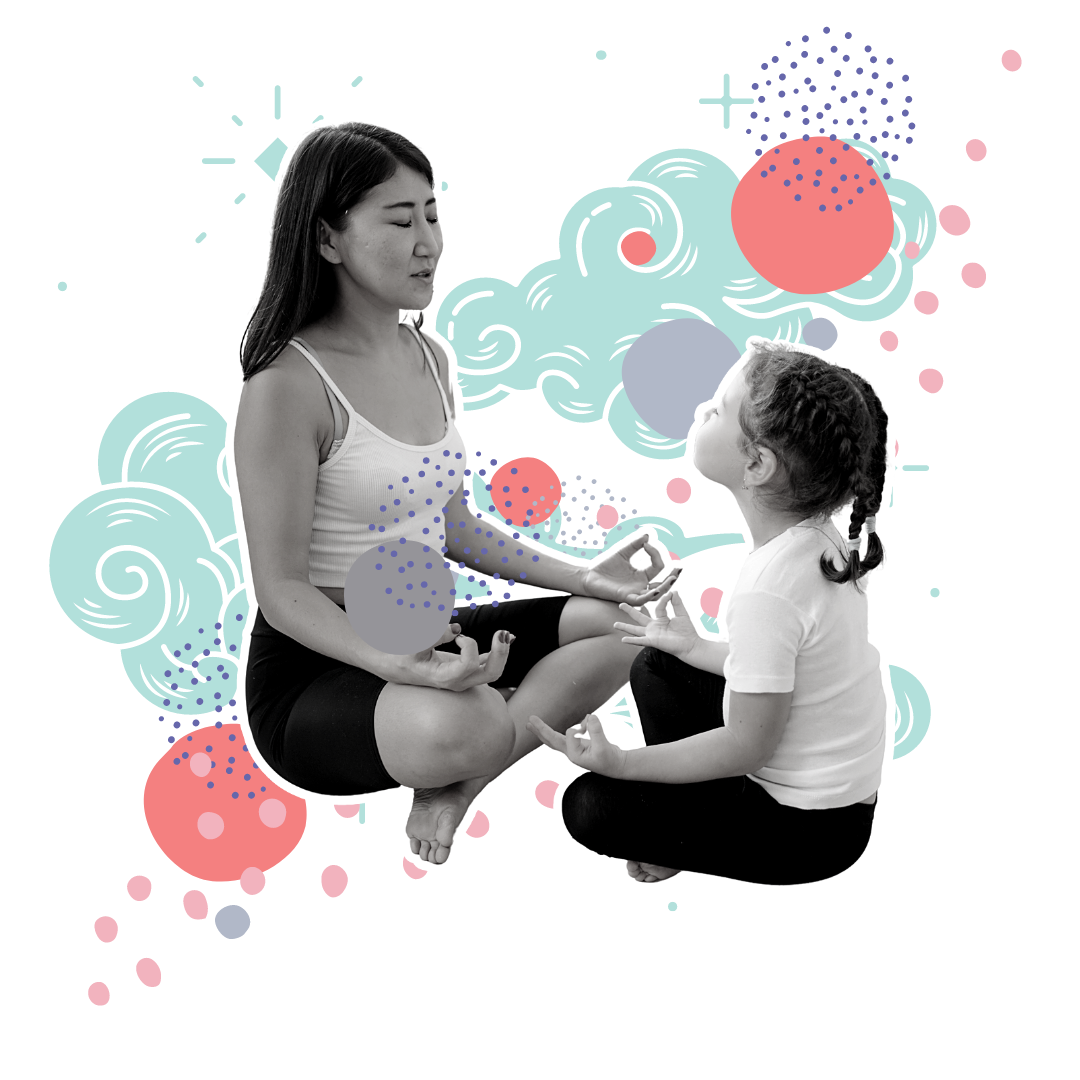Understanding Asthma in Children
Asthma in children can lead to symptoms like wheezing, shortness of breath, and chest tightness. Managing these symptoms often requires a combination of medication and lifestyle adjustments. However, stress and anxiety can exacerbate asthma symptoms, making management more challenging.
Role of Pediatric Touch Therapy in Asthma Management
Pediatric touch therapy, involving gentle, therapeutic massage and touch techniques, can be an effective way to reduce stress and anxiety in children with asthma.
- Reduces Stress and Anxiety: Touch therapy can help alleviate the frequency and intensity of asthma attacks by promoting relaxation and reducing stress. Stress is a known trigger for asthma, and managing it can lead to better control of the condition.
- Improves Respiratory Function: Gentle massage techniques, especially around the back and chest area, can aid in loosening mucus in the lungs, facilitating easier breathing.
- Enhances Overall Well-being: Touch therapy contributes to children’s overall health and well-being, which is vital for managing chronic conditions like asthma.
Role of Pediatric Touch Therapy in Asthma Management
Pediatric touch therapy incorporates gentle, therapeutic touch and massage techniques, providing a non-invasive method to alleviate stress and anxiety in children with asthma. This reduction in stress can lead to decreased frequency and intensity of asthma attacks, as stress is a known trigger. Moreover, specific massage techniques, especially around the back and chest, can help loosen mucus in the lungs, facilitating easier breathing and improved respiratory function. Touch therapy contributes significantly to the health and well-being of children, a crucial aspect of managing chronic conditions like asthma.
Simple Techniques in Pediatric Touch Therapy
The Liddle Kidz® Foundation’s approach to pediatric touch therapy includes several techniques tailored for children with asthma:
- Back and Chest Massage: Utilizing gentle techniques along the back and chest helps loosen mucus and improve respiratory function. These techniques are designed to be gentle yet effective, particularly for young patients.
- Abdominal Massage: Focusing on the abdominal area can promote deeper and more relaxed breathing, enhancing calmness and reducing asthma-related stress.
- Arm and Leg Massage: Massaging the extremities encourages overall relaxation and stress reduction, which is beneficial for managing asthma symptoms.
- Facial Massage: Gentle techniques on the face can soothe and reduce anxiety, a common trigger for asthma attacks in children.
Incorporating Touch Therapy into Asthma Care
For children with asthma, incorporating touch therapy into their care regimen can be done alongside traditional treatments. It is essential to work with trained pediatric massage therapists (CPMT®s) who understand the specific needs and limitations of children with asthma.
Pediatric touch therapy offers a soothing, supplementary approach to asthma management in children. Reducing stress and aiding respiratory function can significantly improve young asthma patients’ quality of life.
As with any integrative therapy, it should be used in conjunction with traditional medical treatments and under healthcare professionals’ guidance.

